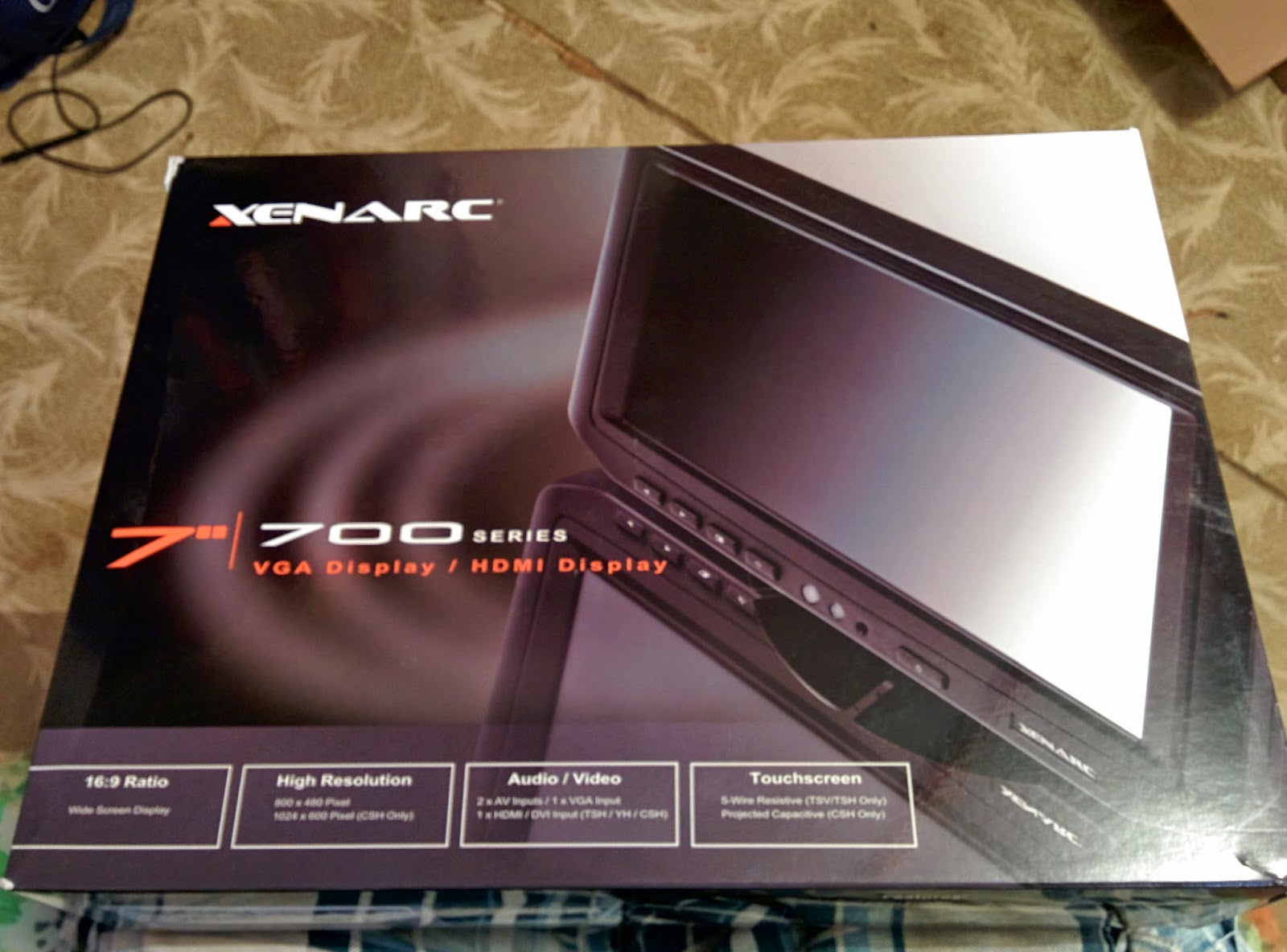Hello and welcome back to post #9 of my blog on how I built my own in-car computer system. It has been a while since I last posted, as I have had other commitments to attend to, however I have made huge progress and have mounted the computer in the car and have it in a working condition.
Naturally, there was a lot of wiring that needed to be installed in order to get the computer working, so to keep things concise I won't go into detail about every terminal connection I installed.
In order to save time on installation, I decided to run all of the wiring first before installing the computer. This worked quite well and saved me a lot of time.
Seeing that the head unit was replaced in the previous post by the touchscreen, An amplifier was required to drive the four satellite speakers. I found a second-hand one on Gumtree and bought it for $35, a good deal by any standards.
 |
| Second hand amplifier. It is old but still works without any issues. |
Unfortunately the amplifier was designed in such a way that it has four RCA inputs; one to drive each speaker and it does not have internal bridging, meaning that four RCA channels are required to drive all four speakers. In addition to this I needed another two RCA outputs to drive my subwoofer amplifier. To solve this problem I made a trip to my local electronics store and bought four RCA single to double adapters and a couple of RCA plugs. I made two short RCA cables from the plugs and an old RCA cable to go from the adapters to the other inputs, and used the double adapters to allow another two inputs for the sub woofer. This is a temporary measure as I will eventually buy better amplifiers with built in pre-amps.
I extended the wires from the factory head unit harness down under the font passenger's seat to where the amp is housed.
Wiring the power to all of the amplifiers was relatively straightforward. I have created a rough circuit schematic to show how power is delivered to the system as a whole:
 |
| Passenger A-pillar with some of the wires installed |
 |
| Compartment above the glovebox with some of the wiring installed. The fuse on the right protects and splits the wires to power the computer and the 4 channel amplifier. |
in addition to the power wires, the following other cables were ran;
- 2X 5M USB extension wires, one for the touch screen data and another for the OBD2 interface
- 1X 3M HDMI extension lead for carrying the video signal to the screen. Note I used a HDMI to DVI converter to take a DVI signal from the computer as audio was not needed. I also used a HDMI female to female adapter to go from the male end of the extension cord to the male end of the HDMI plug from the screen's main wiring harness.
- 1X 5M 3.5mm stero to 2X RCA cable to carry audio from the computer to the amplifiers
- 2X Signal wires for powering on the amplifiers (in schematic above). Note these come separately from the computer as the computer turns the amplifiers on once it has booted.
- 1X 4 core wire for accessory switches on the console
- 1X single core red wire for misc. accessories. This was not used
- 1X mini coaxial wire connected to a magnetic antenna for the FM radio. Until I buy the adapters to adapt the factory radio to the USB receiver stick I am using a small antenna mounted on the roof above the passenger side door.
 |
| Computer in console with the wireless bluetooth and wifi antenna (left) mounted |
 |
| Computer and console ready to be mounted. |
 |
| Console installed. The hole at the from which the wires are hanging will be covered with houses the factory interior light. |
Unfortunately during testing an annoying problem occurred with the screen. One of the buttons on its front face caved in, resulting in it becoming unusable and the unit looking broken. In order to fix this I had to remove the screen from its brackets and take it apart in order to fix it. I took this opportunity to do a quick tear-down to see how it worked. After carefully unscrewing it and fixing the caved in button I took a couple of snaps of the main driver board. It turns out that the button had slipped off of the micro-switch that it normally rests against. The cause of this was probably the screen not sitting quite right in its bezel in the dash, resulting in the bezel applying pressure on the scree's bezel and forcing the button off the micro-switch.
 |
| Main driver board for the screen |
The whole install of the computer took me one whole day starting at roughly 8am to finishing at 5pm.
With the computer Installed and functioning, The next stage is to work out the software side of things. I am still doing a lot of testing and configuring on that front. Until I have made a lot of progress and am happy with the way it is running. Bye and as always, thanks for reading.

































